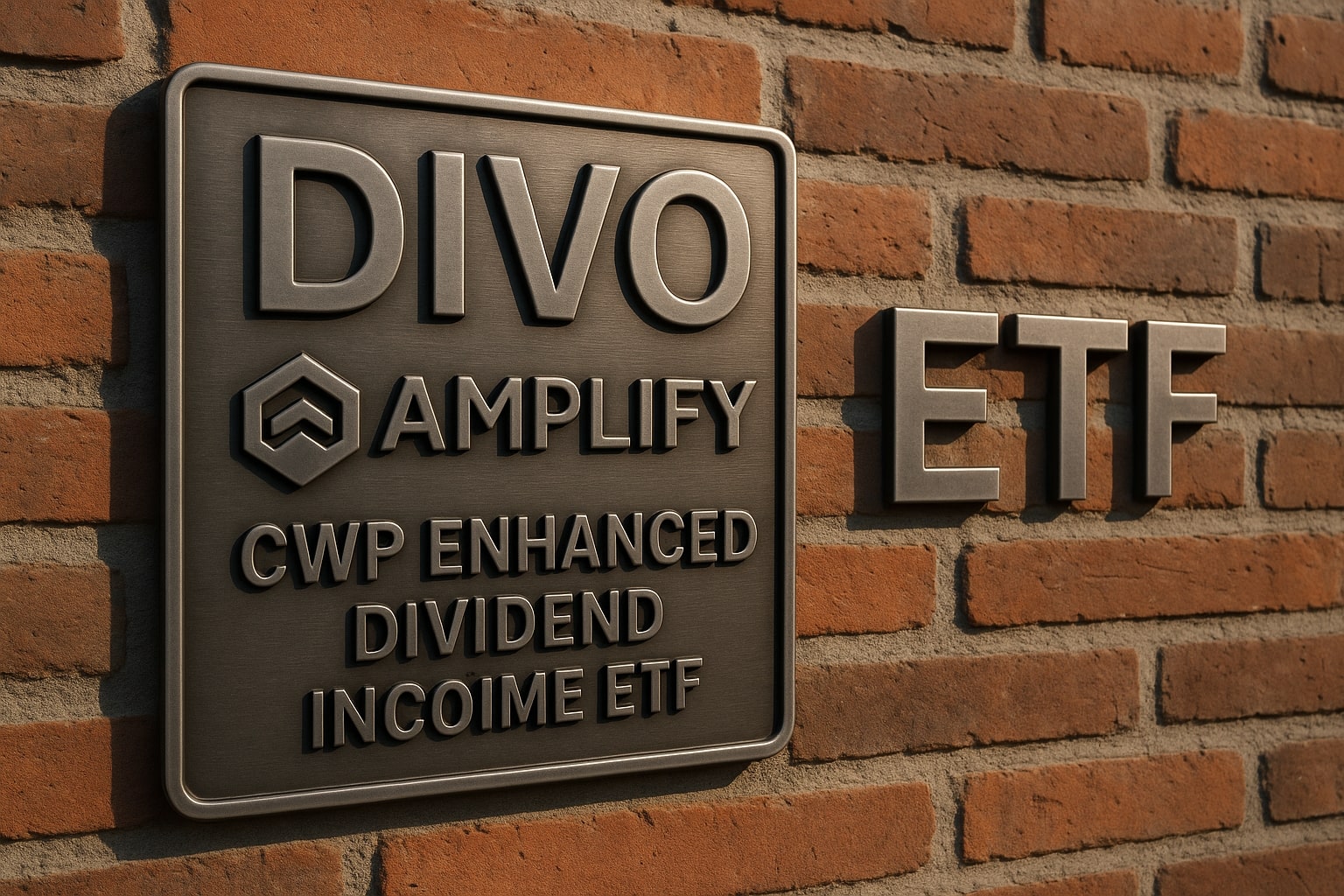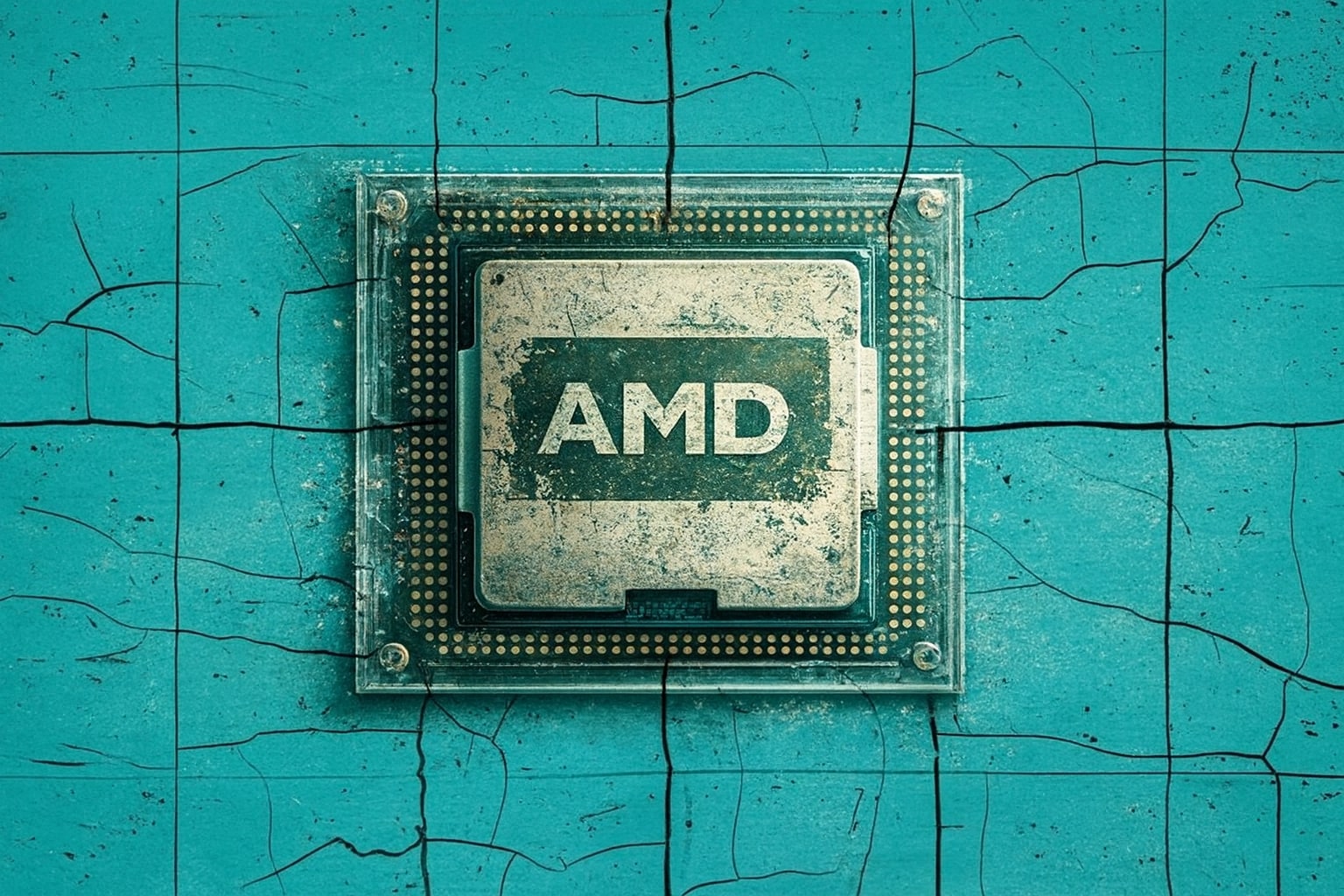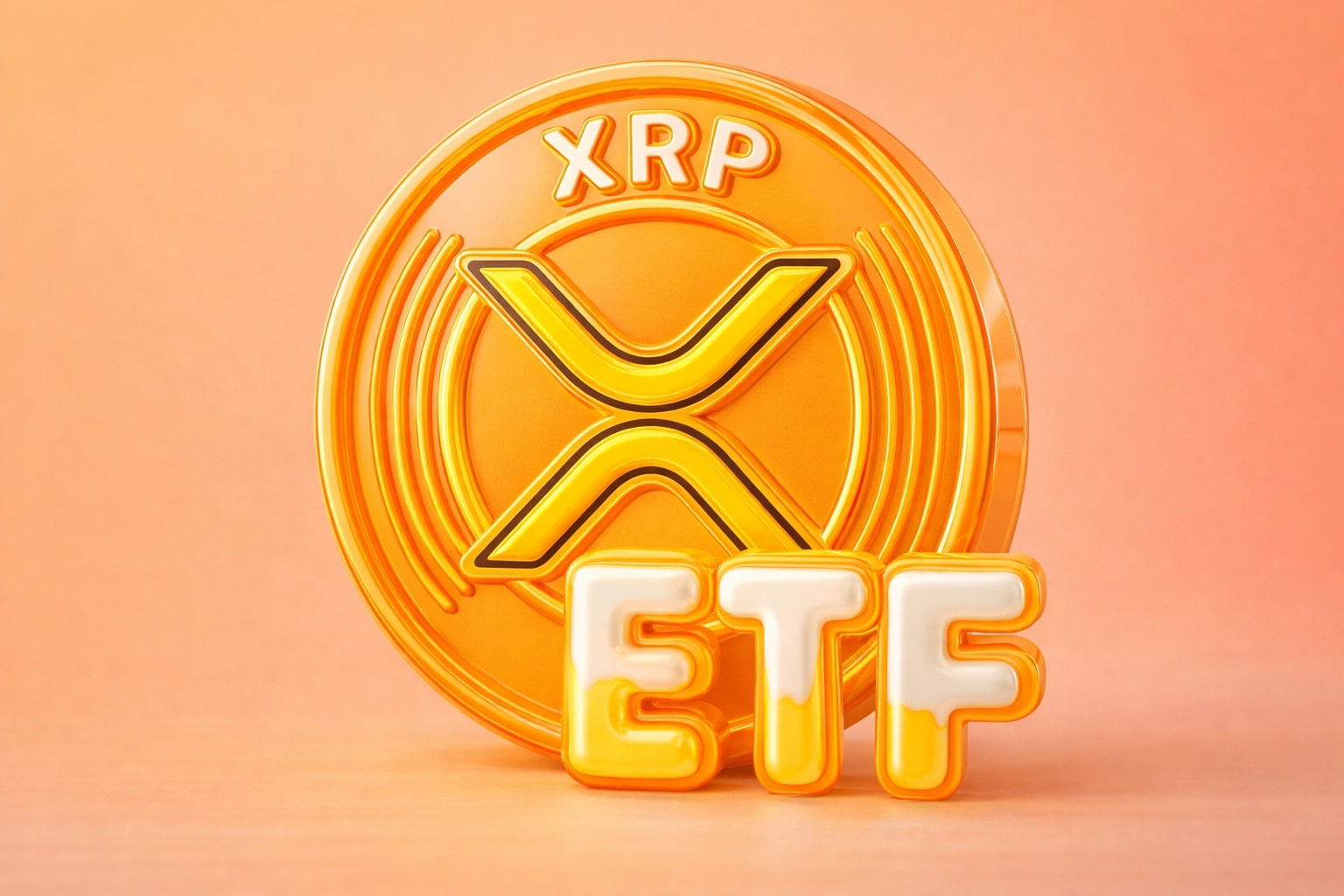
DIVO ETF (NYSEARCA:DIVO) Forecast – Income Stability With Active Covered Call Strategy
DIVO’s $3B ETF blends blue-chip dividend stocks with selective option overlays, yielding 4.6% monthly while trading at an 18% discount to the S&P 500 | That's TradingNEWS
NYSEARCA:DIVO ETF – Active Dividend Income With Options Overlay
DIVO Performance and Market Standing
The NYSEARCA:DIVO ETF, Amplify CWP Enhanced Dividend Income ETF, last traded around $43.15, with a 12-month range between $37.18 and $43.82. Assets under management are near $3 billion, and the fund maintains an expense ratio of 0.56%, considerably higher than passive dividend peers like SCHD (0.06%) or DGRO (0.08%). That higher fee reflects the dual active management: fundamental stock selection combined with a selective covered call overlay. The ETF yields roughly 4.6%, with monthly distributions, a key differentiator for income-focused investors.
Portfolio Structure and Strategy
DIVO holds a concentrated basket of 20–25 U.S. blue-chip equities, names such as Microsoft, JPMorgan, Johnson & Johnson, and other dividend stalwarts. Unlike systematic covered call funds such as XYLD, which blanket-sell calls on entire indices, DIVO managers write options on only 20–30% of positions opportunistically. This allows core holdings to fully participate in rallies, while options premiums enhance income during volatility spikes. Turnover is high at 73%, signaling a tactical approach to both stock selection and option overlays. In 2020–2021’s bull market, SPY delivered 118.7% total return, while DIVO posted 94.2%, significantly outperforming XYLD’s 63.5%, showing that the fund avoided the “upside cap” issue plaguing rigid call-writing peers.
Distribution Profile and Tax Efficiency
DIVO’s distribution mechanics are hybrid. Roughly half comes from qualified dividends, and the rest from option premiums. In 2024, about 46% of payouts were qualified dividends, 42% non-qualified, and 12% capital gains. In downturns, return of capital has been as high as 50%, as seen in 2022. The advantage for investors in taxable accounts is that ROC reduces cost basis and defers tax until sale, while qualified dividends benefit from favorable long-term capital gains treatment. Compared with JEPI or XYLD, which classify nearly all payouts as ordinary income, DIVO offers superior tax efficiency, particularly in taxable accounts. At a 4.6% yield, a $100,000 allocation nets roughly $4,600 annually, versus $3,700 for SCHD, even after subtracting expenses.
Read More
-
SMH ETF: NASDAQ:SMH Hovering at $350 With AI, NVDA and CHIPS Act Fueling the Next Move
16.12.2025 · TradingNEWS ArchiveStocks
-
XRP ETFs XRPI and XRPR: Can $1B Inflows Lift XRP-USD From $1.93 Back Toward $3.66?
16.12.2025 · TradingNEWS ArchiveCrypto
-
Natural Gas Price Forecast: NG=F Falls to $3.80–$3.94 as Warm Winter Kills $5.50 Spike
16.12.2025 · TradingNEWS ArchiveCommodities
-
USD/JPY Price Forecast - USDJPY=X Slides, BoJ 0.50% Hike, Fed Cut and NFP Set the Next Big Move
16.12.2025 · TradingNEWS ArchiveForex
Risk Management and Drawdowns
During crises, DIVO’s structure has shown resilience. In the 2022 bear market, DIVO’s drawdown was around –13.7%, compared with –24.5% for SPY and –17% for AGG. In the April 2025 tariff crisis, DIVO again cushioned downside relative to broad indices, supported by option premium income. This resilience makes it particularly attractive to retirees managing sequence-of-returns risk, as monthly income reduces the need to liquidate assets at market lows. By contrast, DGRO preserved dividends better through downturns but lacked the immediate income stream, highlighting DIVO’s role as a risk-buffering hybrid rather than a growth-only fund.
Valuation and Sector Exposure
DIVO’s portfolio trades on a forward P/E around 20.8x, roughly an 18% discount to the S&P 500 multiple above 25x. That discount stems from overweight positions in financials, healthcare, and industrials rather than tech megacaps that dominate SPY. JPMorgan forecasts earnings for S&P 500 ex-Mag 7 at +6.2% in 2025 and +13.5% in 2026, growth levels DIVO’s holdings are positioned to capture. Compared to SCHD and DGRO, which emphasize dividend growth screens, DIVO leans more toward current yield and defensive cash flow, giving up some long-term growth but providing higher immediate income stability.
Comparisons With Peers
Against DGRO, DIVO sacrifices dividend growth. DGRO’s three-year dividend CAGR has outpaced DIVO significantly, with projections suggesting DGRO’s yield on cost overtakes DIVO after about 14 years. However, DIVO delivers double DGRO’s current yield (4.6% vs. 2.1%), making it more suitable for near-term cash flow needs. Compared with JEPI, which has yields between 7–12%, DIVO looks modest but preserves NAV better over time, avoiding the gradual erosion often seen in ultra-high-yield covered call strategies. Against XYLD, DIVO shows superior upside capture because it avoids systematic option coverage on all positions.
Suitability and Allocation Models
For pre-retirees aged 50–65, a 20–25% allocation to DIVO within a diversified portfolio balances growth and cash flow, protecting against early-retirement drawdowns. Retirees prioritizing income may allocate up to 40%, anchoring portfolios alongside dividend growth funds like SCHD and bond ETFs like AGG. Growth-focused investors may still allocate 10–15% for volatility harvesting without heavily sacrificing upside. Within tax-advantaged accounts, DIVO’s distributions compound without drag; in taxable accounts, favorable dividend classifications and ROC enhance efficiency compared to peers.
Final Assessment
The NYSEARCA:DIVO ETF is not a simple covered call fund but a hybrid structure marrying high-quality stock selection with opportunistic option overlays. It provides reliable monthly income, reduced drawdowns in volatile markets, and better NAV preservation than high-yield competitors. Its weaknesses—higher fees, limited dividend growth, and modest upside capture in raging bull markets—are offset by the risk-management advantages it brings. Trading at valuations below the broader S&P 500 and yielding 4.6% monthly, DIVO stands as a Buy for investors prioritizing stability and cash flow, especially those in or near retirement, while growth-only investors may favor alternatives like DGRO.


















